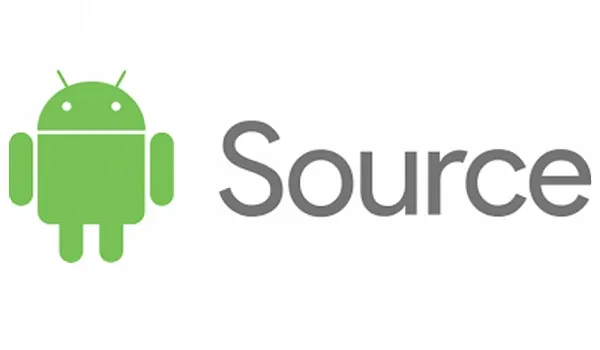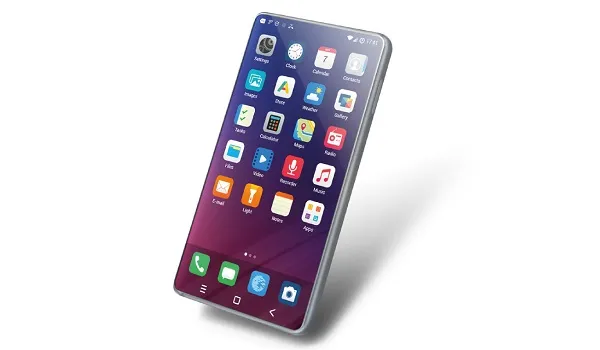The goal of the Android Open Source Project is to avoid any central point of failure in which one industry player can restrict or control the innovations of any other player. It is available to anyone and everyone to use as they please.
Unfortunately, mainstream smartphone manufacturers have largely ignored the AOSP and gone ahead to make themselves and their customers fully dependent on one industry player – Google. From Samsung to Sony, brand name smartphone manufacturers took the easy route and ceded control to one entity, though Android Open Source was available and presented them the opportunity to do much more.
I understand why they did it. It was just easier to go with Google’s services than to create something else. Those few daring individuals who tried the road less taken all failed. Microsoft and Nokia failed with Windows Phone. Sailfish has managed to stay afloat. eOS (formerly eelo) is still very niche and an enthusiast affair.
But the recent drama between the US government and Huawei which led to the latter being given the middle finger by Google, demonstrates how this dependence on one industry player is a bad idea.

What is the Android Open Source Project?
You may have heard that Android is an open source operating system for mobile devices. You heard correctly. What that means is that anyone can take it and use it as it is, or modify it and rename it, for use.
Modifying Android open Source is also known as forking, or creating a fork. For example, Sailfish OS is a fork of Android. It is a modified version of Android OS.
How has Google been able to keep the Android system dependent? By having key services that have become essential to many users around the world. Those services, like Play Store, Gmail, Maps, etc, are not part of Android Open Source. They are Google services, and any manufacturer that wants to include them in their software or smartphone must license them from Google. So, Samsung, Huawei, Nokia, Xiaomi, TECNO, Infinix, and all the other Android manufacturers license Google services for use on their phones.
Hopefully, you are getting the picture better. Are there any smartphone manufacturers who use Android OS without Google services? Plenty. But they are usually small, relatively unknown brands, mostly operating in China. You see, the average Chinese person does not use Google services anyway, so those phones sell like fresh, hot cakes in China.
If you have ever purchased an Android smartphone that didn’t have Google Play and all those other Google apps pre-installed, that was a phone running Android Open Source and without a license from Google. It is perfectly legal. As a matter of fact, that was the plan – the freedom to allow anyone use Android OS as they deem fit without any rerstrictions by anyone.
Google has no control over Android Open Source. No government can place any restriction on its use either via a ban. Everyone has unrestricted access to it.

It looks like Huawei has forked Android OS
Over the last few years, Huawei has developed a mobile OS, which we are told is called HongMeng OS. The company’s CEO has said that the OS has Android app compatibility, which leads me to believe that it is a fork of Android OS. In other words, Huawei has forked Android. And that is a good thing. It means that using that OS, you will be able to install and use Android apps.
There is the problem of Google services being missing though. It is a problem that Huawei will have to bear, as it looks like mission impossible getting those services on any phone running the new HongMeng OS.
Chinese users will likely embrace HongMeng OS phones, both because they do not need/use Google services anyway and because they are likely to act in solidarity with Huawei. So, though Huawei will suffer some loss, it will not be on all fronts.

Google will lose too, and it may be big
This is not being mentioned a lot in the media, but Google stands at a crossroad too. With their hands forced by the order of the US government, this can quickly snowball and leave them with a bad taste in the mouth.
If there is anything that human history has taught us, it is that no empire gets so large and so strong and so dominant that it cannot come crumbling down. Even Google’s. Should other Android manufacturers see the writing on the wall and acknowledge that what has happened to Huawei can happen to them as well, they may decide to strike out too to protect themselves.
And the best way to do it is to form a coalition to create a fork from Android Open Source that they all can use. Huawei is the world’s 2nd largest Android brand. That is a huge number. If they switch to HongMeng, Google loses some users too.
Imagine a coalition that includes Samsung, Huawei, Xiaomi, and OPPO alone adopting a common smartphone OS forked from Android Open Source. Those four together control over 60% of Android smartphones in the market. That will be a huge loss for Google. And it will be freedom for millions of users whose privacy is invaded daily by Google services.
I had a discussion with EyeBeeKay earlier today, and this was what he had to say:
A coalition will be the way to go. Maybe unite against Google and have s centralised app store that won’t be controlled by any one company or country.
Also, new APIs/API changes will no longer be arbitrarily decided by Google or any one company alone helping interoperability in the process. But this could also have its attendant bottlenecks because of possible disagreements among the different companies involved.
I agree. A coalition is the way to go, but we know how things go with these coalitions. Anyone remember the Symbian Foundation, MeeGo, and Tizen?
On a final note, everyone who tried to fork Android and break Google’s monopoly before now was unable to pull the numbers. But that was before the Chinese became dominant players in the mobile world.
If anyone can do it, it is the Chinese. They have consistently pulled the rug from under the feet of everyone who underestimated them.
References